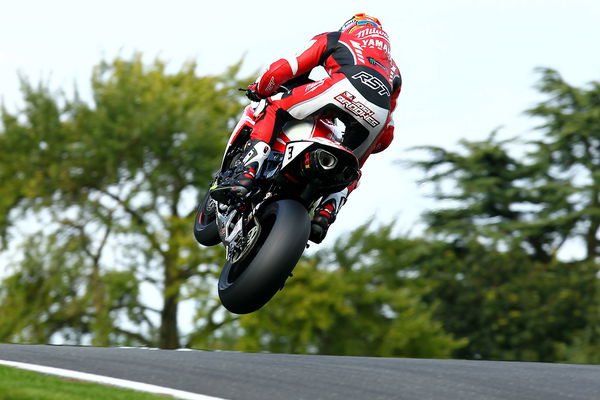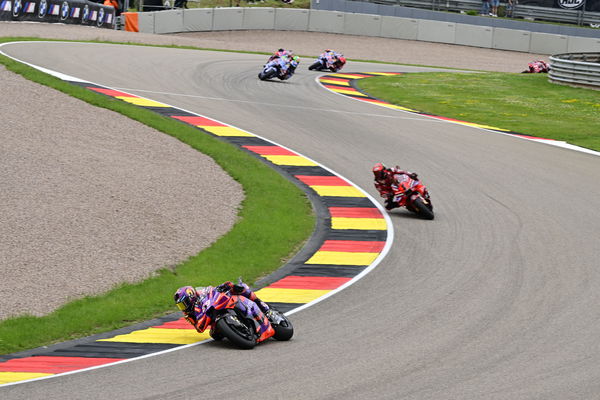How Yamaha's racer-turned-tester is one of the keys to their future success
Height is an issue almost everyone faces at some point. Too small, too tall- this is pretty much everyone. With motorcycles it makes a crucial difference.
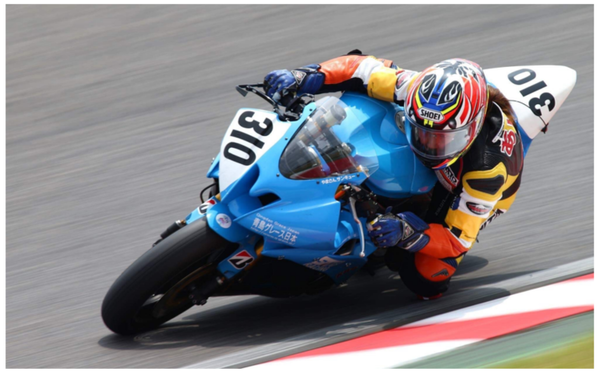
Yamaha has announced it is intending to increase the diversity of its motorcycle testing team as part of a new management plan.
A newsletter on the Iwata manufacturer’s global website says that Yamaha will “strive to be a company with an agile and diverse workforce by increasing the available options for working styles.” This comes as part of a new human resources strategy announced in Yamaha’s ne “Medium-Term Management Plan,” according to the newsletter.
One focus of this new plan is in the motorcycle test team, which Yamaha admits has been “long dominated by men.”
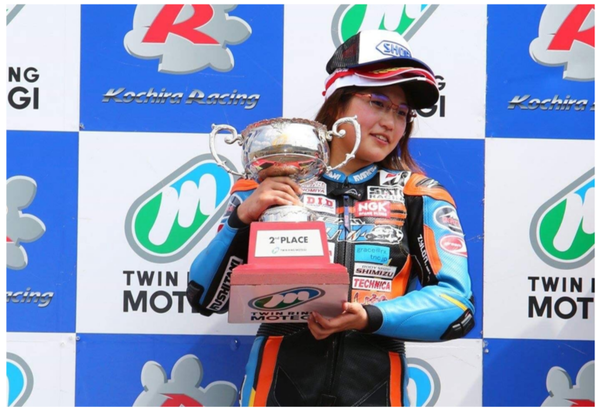
In 2019, Airi Nakayama joined the test team. She had previously been a racer in the All Japan Road Race Championship (AJRR), where she became the first woman to qualify on pole position for a J-GP3 race, as well as the first woman to finish on the podium.
“When I came to Yamaha on an internship, I was lucky enough to go with the track testing team to the course and watch them run their tests,” Nakayama said. “I got to see how skilled the development riders are at articulating or describing the feeling and behaviour of the motorcycle, and felt that I wanted to test myself at this company.”
Nakayama stands at 156cm tall (just over five feet). That makes her a smaller rider, even by the standards of motorcycle racers. In Europe, we have seen that the two most prominent woman racers of the past decade - Ana Carrasco and Maria Herrera - are also smaller riders, and stepping up to bigger bikes has not been straightforward.
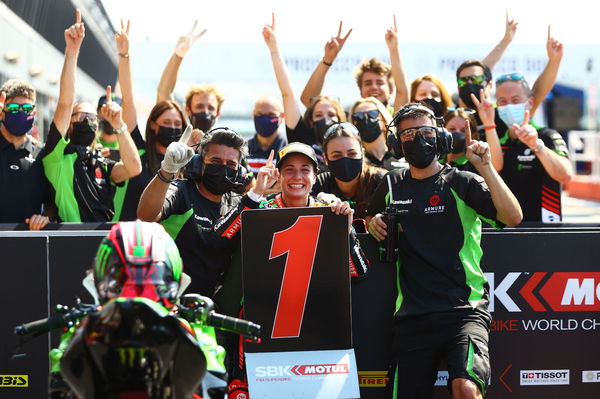
Carrasco, for example, won the 2018 WorldSSP 300 Championship, but when she previously tried to step up to Moto2 in the European Championship she had more of a struggle. Similarly, Maria Herrera beat 2021 MotoGP World Champion Fabio Quartararo to race wins in the Moto3 class in the Spanish CEV championship in 2014, but was unable to find the same level of success when she raced a Yamaha R6 in the WorldSSP Championship.
It is not an issue exclusive to women, of course. Efren Vazquez was a race-winning Moto3 rider, but when he aged out of the class for the 2016 season and moved up to Moto2, he started two races, with a best result of 22nd.
Additionally, although Johnny Garness has dominated this year’s British Talent Cup and has the chance to wrap up the title at the next race in Snetterton. He too is a shorter rider (even for his age of 14) and when he first stepped up to big bikes on big tracks from minibike racing he found it more complicated than the Metrokit minibike he had been racing in the FAB-Racing series beforehand.
The height of the rider is an important factor in motorcycle racing because taller people generally speaking have longer arms and legs than shorter people. People with longer arms and legs are able to move their body around the bike to a greater extent, and therefore can use their body to a greater extent than shorter riders to manipulate the bike, and load the tyres in different ways.
Smaller riders with smaller limbs cannot move as much, and therefore cannot manipulate the bike to the same degree as the taller riders, or load the tyres to the same extent.

Mike Leitner explained this to David Emmett of Motomatters back in 2011, when he was working as the crew chief for Dani Pedrosa in the Repsol Honda Team. “I think in MotoGP we are looking mainly for traction,” Leitner said. “I think that one big issue for bikes with 250 horsepower is to put the power on the ground.”
Leitner said that “a small rider has a limitation of moving on the bike. It is not only his weight or his size, it is the movement he can do, that is the big thing. So, [...] say you have 10-15cm shorter arms you move less for that, you have less length to move your weight on the bike.”
This led to Pedrosa developing an especially radical method of standing the bike up on corner exit. In American motocross, Jason Anderson is praised for his ability to find traction on hard and slick surfaces. He is able to do this because of his free-flowing, mobile riding style. He is good at improvising, reacting to unexpected situations on a continuous basis, feeling the grip levels when there is little available, and moving his body weight to account for those.
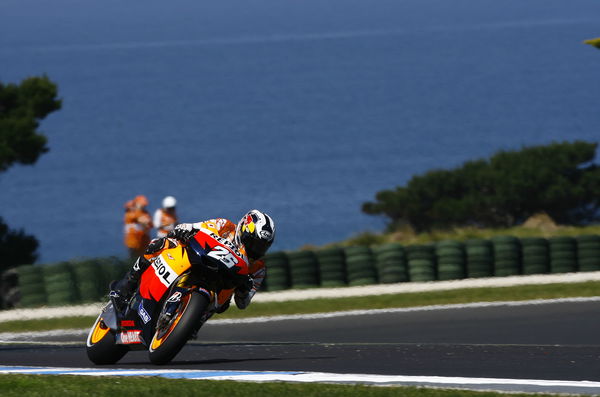
Pedrosa did not have that option, because of his size, so he became extremely aggressive in standing the bike up on the exit of corners to have it in as straight a line as possible when he opened the throttle. That helped him to gain traction in spite of his lack of weight, and therefore lack of load, on the rear tyre.
Leitner said the issue is there for smaller riders under braking, as well: “On a bike, the thing is, going into the corner, sure you control the weight, the total weight, but the big issue is the balance.
“So the guy who can sit 15, 20 cm further back, he can control the lifting of the rear tire much better than a guy whose arm limitation [with shorter arms] is there,” Leitner said, because the rider with shorter arms cannot move back.
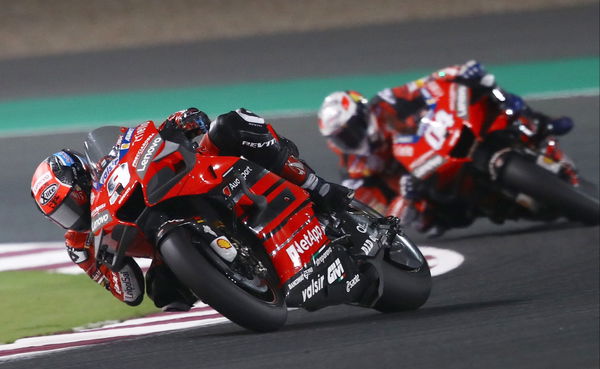
It can of course be a disadvantage to be too tall, as well, as this can cause the rider’s body to over-stress the tyre. This was the complaint of riders like Danilo Petrucci and Valentino Rossi in MotoGP, and more recently Luca Marini who finished fourth at the most recent Grand Prix in Austria.
Overcoming a biological limitation such as height to be a race-winning motorcycle racer at the highest level is something that requires an almost impossible level of talent, a strong understanding of the behaviour of the motorcycle, and an ability to translate that feeling into words when talking to the crew chief back in the garage.
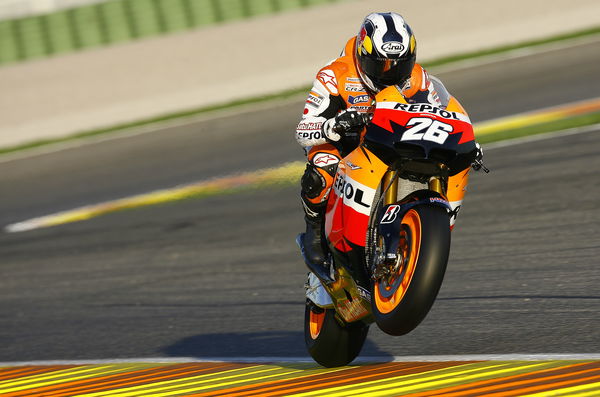
The only rider to be ‘too short’ for MotoGP but still be a regular title contender at their peak was the aforementioned Dani Pedrosa. He won 54 Grands Prix, 31 of those with HRC in the MotoGP class between 2006 and 2017.
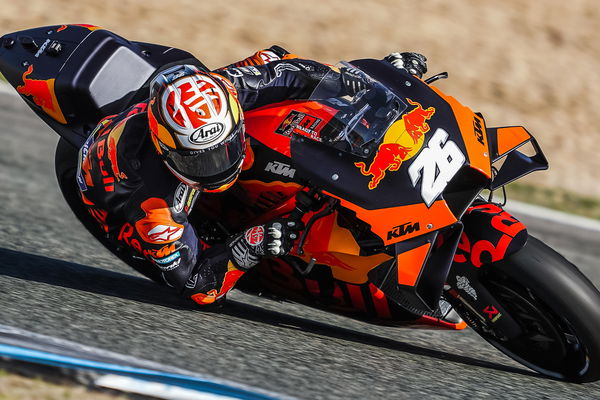
When he retired at the end of the 2018 season, Pedrosa signed with KTM to be their test rider for the Austrian factory’s RC16 project. Before Pedrosa joined, KTM had not won a race, but in 2020 they won three.
Leitner, who was already involved in KTM's RC16 project when Pedrosa arrived, explained that Pedrosa’s lack of weight meant he was more sensitive to setting changes made to the bike, speaking in the previously referenced interview with David Emmett.
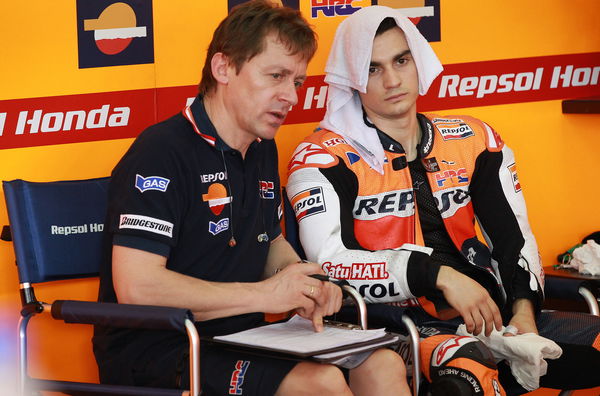
“And this is why small riders are always very, very sensitive to every small change on the bike. Looking at Dani's bike balance, I worked with other riders, also in 250, they were much less sensitive, you know? You change let's say preload on the bike or you change positions on the bike, and others really didn't feel it. For Dani, sometimes very small changes, just one click could have an unbelievable effect.
“In the beginning you don't believe it. You think it is not possible, but the reality is, it's not because he is such a sensitive rider, it's the weight.”
To simplify it, the inability for Pedrosa to move on the bike and manipulate it into doing what he wanted by moving his body meant that he was almost forced to live with the effect of setting changes made to the bike in a way that taller riders were not, because they could move their weight around on the bike, whereas he could not.
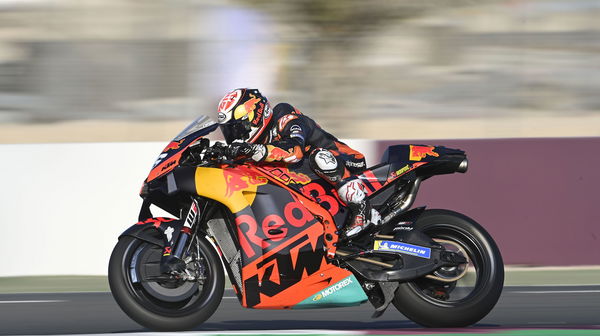
However, while Pedrosa’s weight complicated things in racing - especially when Michelin replaced Bridgestone as the single tyre supplier for MotoGP - for test riding with KTM it is of benefit. His sensitivity to changes means that KTM can receive precise information about every adjustment they make, and new component they bring, to the RC16, regardless of how fundamental it is.
For Airi Nakayama, her intentions are the same. She is one centimetre shorter than Pedrosa, and she says, “My short 156 cm height is also part of who I am and I want to make it a strength as a motorcycle development and test rider.”
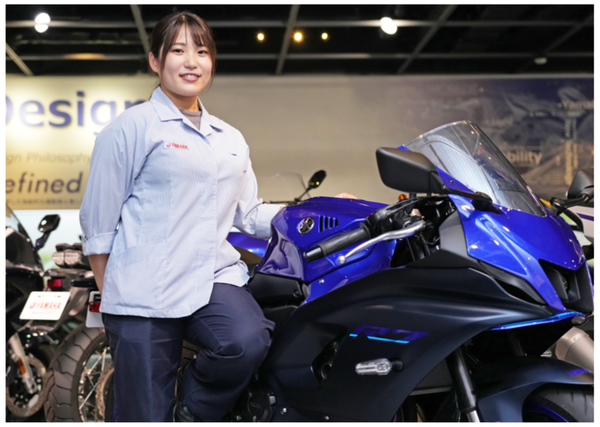
Nakayama says that she wants to help riders who have less sensitivity to bike changes to feel those differences, in her role as a Yamaha test rider, where she also profits from her academic background in mechanical engineering.
“Riders who can tell the difference will notice and I think that’s really great,” she said, “but I personally want to add something extra to that, so that riders who may not be able to tell can still sense the difference or get hyped up for the ride the moment they hop on the bike. That’s what I’m aiming for and I’m going to do my best.”
